It begins with an errant wind on a balmy day. Leaves on trees turn upward, revealing their silvery undersides and a rolling cushion of cloud builds in a darkening sky. Suddenly, a jagged light flashes, and rumbling thunder answers. The show begins.
As a storm chaser and photographer, I’m enthralled by lightning! At the hint of a coming storm, my heart beats like a drum with the thunder, and my pulse races as I watch the radar.
An hour before the approach, I hunt for a shooting location that provides the most artistic composition possible: lightning deserves to be showcased—surrounded by leafy mountains, dancing across an upland pasture, enveloping a weathered barn. My camera is ready to capture the kaleidoscopic show, and I wait, locked in my own world, mesmerized by the wonder of what will be painted this time.
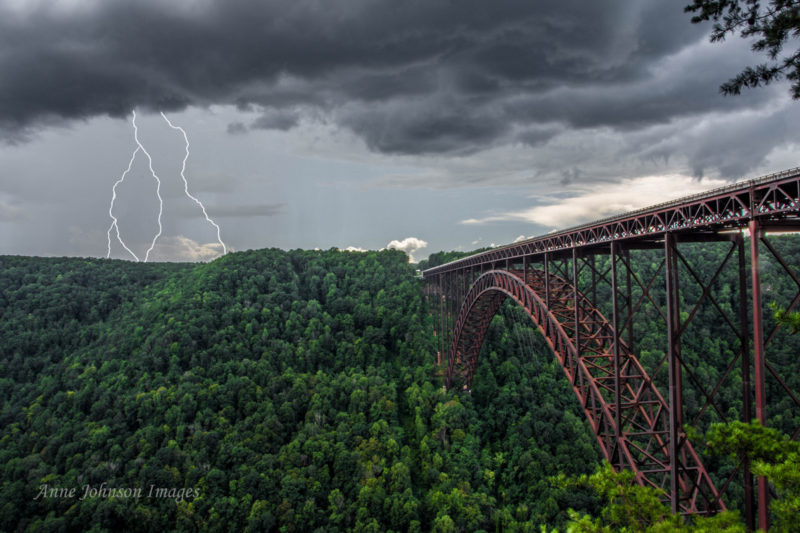
Electrical storms are among West Virginia’s most captivating weather phenomena. Like a fingerprint, each strike is different, and this lends, I think, to the mystique and uncertainty of each. Though sometimes feared by observers, strikes are among Mother Nature’s most prized beauties.
Lightning occurs in the cell of a thunderstorm when tiny ice crystals suspended in cool air collide with water droplets suspended in warm air. These millions of tiny collisions generate a massive negative static charge. When the charge grows strong enough, it seeks out a positive charge from another cloud or from the ground. When the gap is bridged, a massive discharge occurs, revealed in the cataclysm we call lightning.
Lightning heats the air to temperatures that approach 54,000 Fahrenheit—five times hotter than the surface of the sun. In an instant, the heated air expands, then cools and contracts, generating a loud crack, followed by thunder, which booms and rumbles as shock waves travel the turbulent atmosphere. Varied air temperatures fill the painter’s pallet: cool air produces white and blue lighting; hot air, hues of purple.

According to storm-chaser Dan Robinson, data collected in West Virginia over several years reveals that the northwestern state witnesses the most strikes. This “Lightning Alley” centers around Parkersburg, on the Ohio River, and includes Wirt, Wood, Tyler, Jackson, Ritchie, and Pleasants counties. In southern West Virginia, Mercer, Monroe, Raleigh, Summers, Greenbrier, and McDowell counties receive the fewest strikes.
WSAZ meteorologist Josh Fitzpatrick notes a critical storm phenomenon that occurs in eastern West Virginia and can influence the incidence of storms there.
“Oftentimes in the summer, we get the difference in heating from the valley floor to mountaintop," Fitzpatrick says, "and that causes storms to form along the spine of the mountains of eastern West Virginia. It’s called differential heating.”
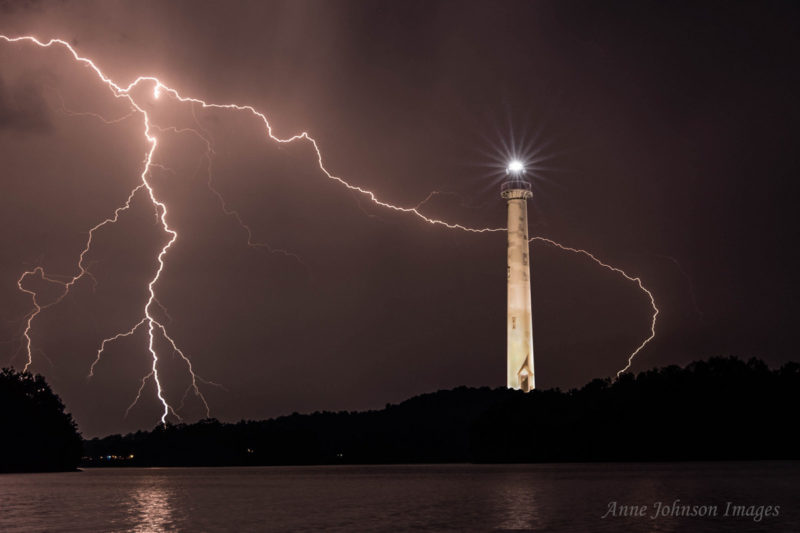
If, like me, you enjoy observing or photographing these ominous wonders, I’ve provided the following tips to help ensure your adventures are safe and successful. When tracking a storm, your safety should come first!
- If you can hear thunder, it’s possible for you to be struck.
- If you’re not using radar to track the storm, one method I use to estimate distance is to time the interval between the flash and thunder. When you see a strike, count the seconds until you hear thunder, then divide the number of seconds by five to determine your distance from the strike in miles. For example, if you hear thunder ten seconds after a strike, you’re two miles away; if five seconds, you're one mile away.
- Sometimes lightning can be seen in the distance unaccompanied by thunder. This phenomenon is often called “heat lightning,” though it has nothing to do with temperature. Instead, it's lightning that comes from a strong-but-distant storm, even a system 100 miles away. The term “heat lightning” originated because it’s often seen on hot summer nights when thunderstorms develop.
- While observing or photographing a storm, remain in an enclosed area such as a car or house.
- Always consider objects around you that are potential targets for lightning. Even if the storm is miles away, don’t observe lightning when you’re less than 50 feet from a pole, tree, or fence.
- Lightning doesn’t prefer to strike metal, and it doesn’t only strike tall objects, so if you’re outside and exposed, you’re at risk.
- Never position yourself under a storm cloud, and if photographing storms that are fewer than six miles away, stay indoors and use a remote or lightning-trigger. If you’re photographing a supercell, stay at least 10 miles away. If in a car, use a window pod to secure the camera.
- It’s best to photograph distant storms—not only for safety’s sake, but for a more aesthetic view. Viewing at a distance of at least six miles is recommended. Position yourself to observe the storm as it moves across your field of view instead of toward you, allowing you to track the storm as it changes and to discern where ground-flash activity is concentrated.
- Isolated cells are the easiest and safest to capture and provide more photogenic opportunities.
The next time you’re treated to such a concert of luminescence, indulge in the awe of its splendor, and celebrate its existence, but do so safely. Have fun, and please stay safe!

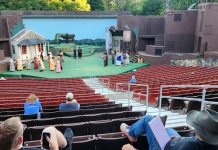



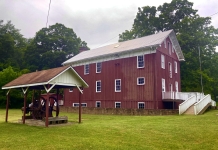
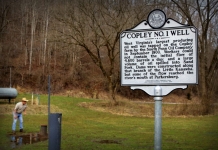
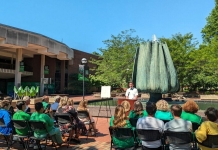
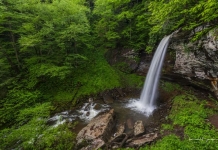




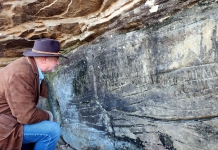
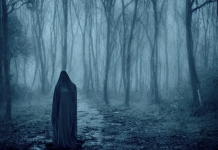
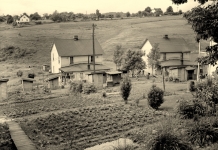
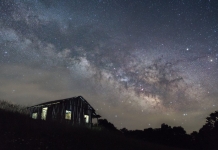





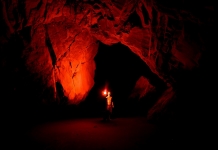


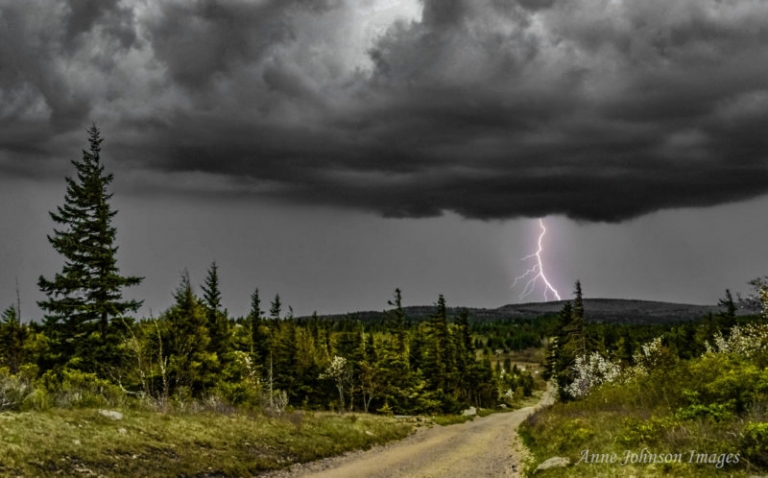




Facebook Comments